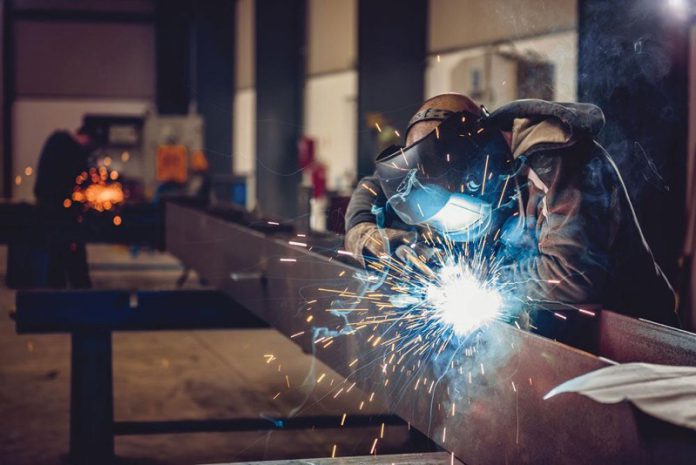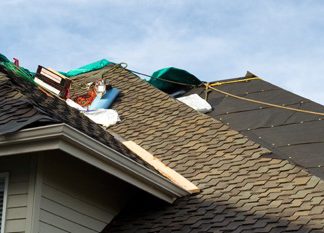How much do you know about helmets? How do you know which welding helmet is right for you? When it comes to welding, using top quality protective gears as well as observing safe welding practices should be the top priority for all levels of welders.
Regardless of which welding process you perform, welders should always wear protective gears and that includes welding helmets. Also, for a safe welding environment, welders should ensure proper ventilation, and use respiratory protection.
One of the most important features of a helmet is safety and compliance. In the U.S, welding helmets should uphold the ANSI standards; while in Canada welding helmets should be CSA compliant. The purpose for upholding these standards is to ensure welders are protected from anything that could damage their eyes.
These helmets are designed with a lens that filters ultraviolet and infrared, no matter the shade settings. Suffice to say, safety must always be the top priority. To help you choose the right welding helmet, we have listed two commonly used styles of welding helmets: passive helmet and auto-darkening helmet.
Auto-darkening Helmet
For every welding level, whether you are a hobbyist or professional, there are auto-darkening helmets for you to choose from. You can also read reviews on popular Miller welding helmets and you will be surprised with how much you can do with these helmets!
This innovative helmet is engineered with special features that allow you to select the preferred shade, which allows you to, and adjust the shades based on different welding processes and applications. The shades usually range from 8 to 13.
When the helmet is in the down position, you will be able to see through a light lens, which will allow you to see clearly and inspect the weld piece as well as the surrounding area.
When the welding arc is struck, the helmet will automatically change to your pre-selected shade with the help of the arc sensors. In contrast, it remains clear when there is no detected torch. Also, with auto-darkening helmets, welders can likely avoid arc flashes which make it a safety bonus.
Special Features
Just what makes the auto-darkening helmet more special than other helmet types?
Welding Light State
The lighter the welding shade, the better the view of the weld it is for welders. Miller auto-darkening helmets, for example, offer a light shade of 3.
Welding Shades
This determines how dark it gets for the welding shade once the welding arc is struck.
Sensitivity
This determines the levels of light needed to darken the welding shade. Most auto-darkening helmets in the market allow the welder to choose the level of light sensitivity.
Number of Sensors
The sensors range from two being a hobby-level and four being an industrial-grade. More sensors provide a better coverage, which makes it ideal for out-of-position welding where sensors can be blocked.
For production work, a helmet designed with three sensors will suffice. However, for out-of-position and fabrication welding, a helmet with four sensors is ideal.
Viewing Area
Larger viewing area allows more visibility to the work piece and work area, while smaller viewing area allows a more focused mode. When buying a larger viewing area, you may want to consider the weight of the helmet.
Passive Helmet
While auto-darkening helmets automatically shift shades when torch is activated, passive helmets, on the other hand, act differently. They are always in its protective state–dark. Simply put, once you wear your passive helmet, the dark tinted visor or lens–usually a shade of number 10–is ready to shield and protect your eyes from the flashes, whether the torch is lit or not.
The lens of a passive helmet is made of glass composed of a special coating that offers infrared and ultraviolet protection throughout the welding process.
You can see through the dark lens when the helmet is in the down position. However, the lens will not switch from dark to light state. It remains dark, so you will need to remove the helmet when inspecting your weld.
In this case, although they are generally lightweight and relatively cheaper than the other contender, certain weld processes as well as the need to view your work area halfway between welds may be difficult for some–especially for inexperienced or novice welders. Raising and lowering a helmet can add up to your work time, which can potentially impact your productivity.
Conclusion
Although both types of helmets can get the job done, auto-darkening helmets are more suitable for novice welders as they are more convenient. They also help prevent welders from making bad starts during the welding process.
Well, now that we have identified the two types of welding helmets, we hope it will be easier for you to choose between the two types of welding helmets–auto-darkening helmets and passive helmets–a choice all levels of welders have to make whether they are hobbyists or professionals!















